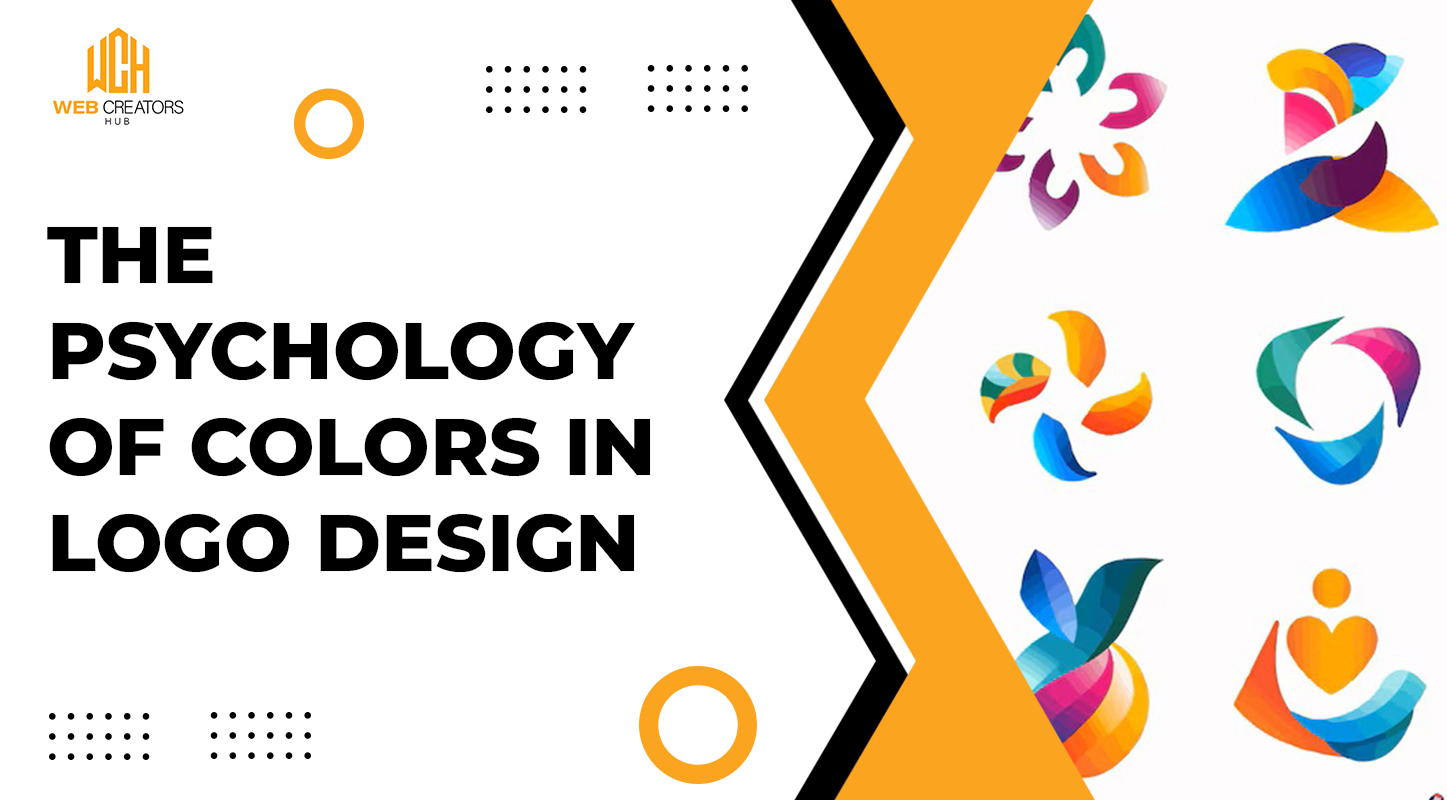Color plays an important role in logo design. It’s not just about making a logo look attractive but about how colors make people feel and react. When you create a logo design, especially a custom logo design so the color choices can influence how your brand is perceived. Understanding different colors evoke different emotions can help you design a logo that resonates with your target audience. Because Colors speak volumes! Grasp the psychology behind logo design. You'll learn to pick colors that resonate.
The Emotional Impact of Colors
There is a different psychological effect behind each color. Decidedly, the color red is often associated with energy and passion whereas blue offers a sense of trustworthiness. Choosing the right colors is important in a professional logo. And if you want to have a logo that leads in its type, the kind of colors you choose for it need to reflect whatever message and principle principles behind your brand. For example, a healthcare company may select to go with green which indicates growth and comfort.
Cultural Considerations in Color Choices
Color meanings can vary across cultures so what works for a logo design in the USA might not have the same impact in another country. For instance, while white symbolizes purity in Western cultures, it is associated with mourning in some Eastern cultures. When aiming for a custom logo design that appeals to an international audience, it’s crucial to consider these cultural differences. This will ensure your logo resonates globally and avoids any unintended negative connotations.
How to Make the Best Color Selections for Your Logo
Think about the feelings and ideas you want your brand to evoke before you begin designing an online logo. So you should consider your intended audience and the things that will interest them. If a tech company would use colors like blue or silver to communicate innovation and dependability whereas a children's brand might use bright, lively colors to appeal to a younger audience.
It's also crucial to keep your color scheme to no more than two or three hues. This gives your logo versatility and memorability, enabling it to function well in a variety of contexts. The proper color selections can have a big impact on a professional logo design which should be straightforward but effective.
Real-World Examples of Color Psychology in Logo Design
Take the world's most famous logos as inspiration. The blue in Facebook’s logo conveys trust and dependability, encouraging users to connect with others on the platform. These examples show how a custom logo design that uses color psychology can help establish a strong brand identity.
The Role of Color in Building Brand Identity
Individuals often observe specific aspects of your identity, particularly your logo. Therefore, it is essential to be selective regarding the color palette of your brand, opting for hues that convey a robust character. The logo must be meticulously crafted for both custom and online applications, reflecting the core values of your brand. Maintaining a consistent color scheme will enhance your brand's recognition, ensuring that your marketing materials are readily identifiable.
Conclusion
The psychology of color is a powerful tool in logo design. Now you can create a logo that truly represents your brand by understanding the emotional and cultural implications of different colors. Just make sure your color choices perfectly deliver the message you want to convey.
Ready to create a logo design that speaks to your audience? Contact
Web Creators Hub today for more
logo design services. We have an urge to bring your brand to life with the perfect colors.
